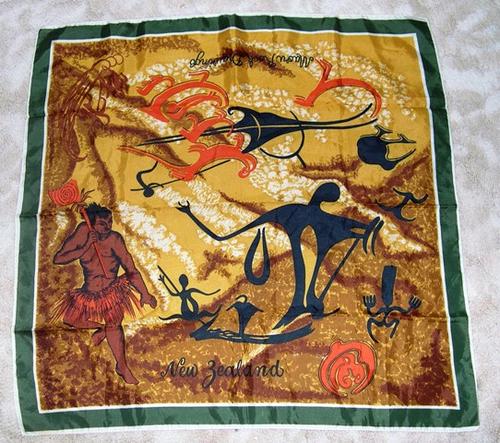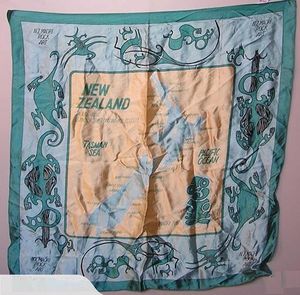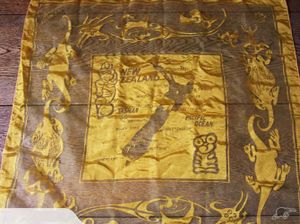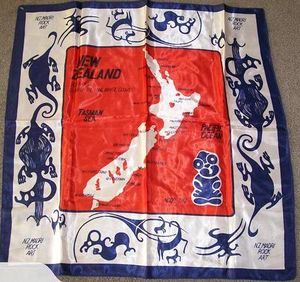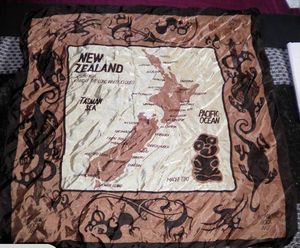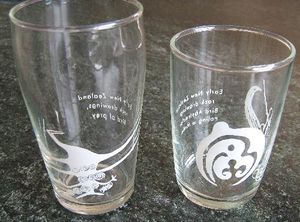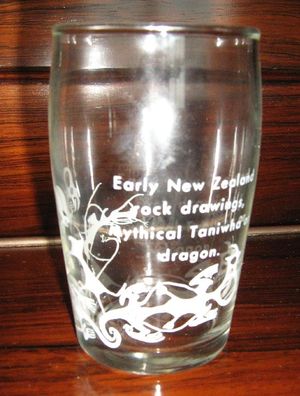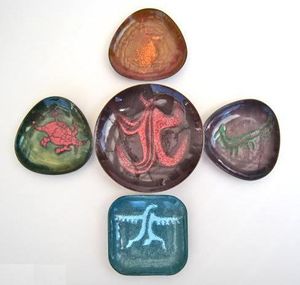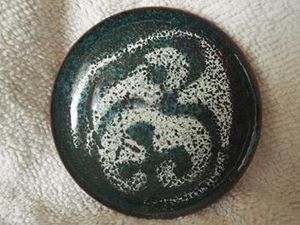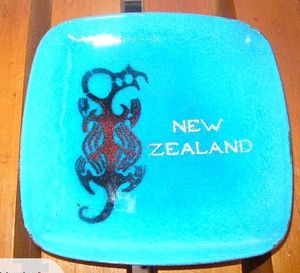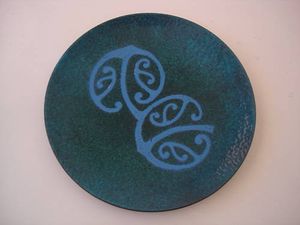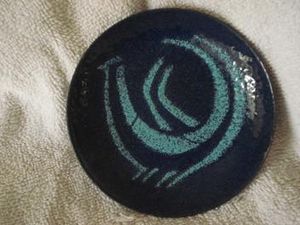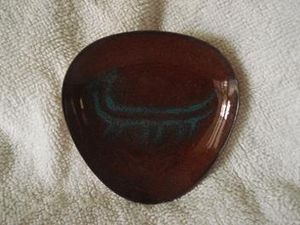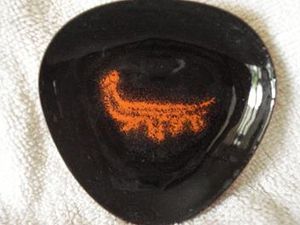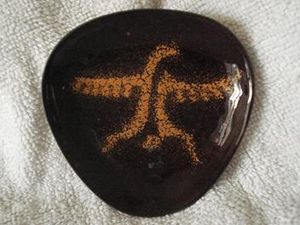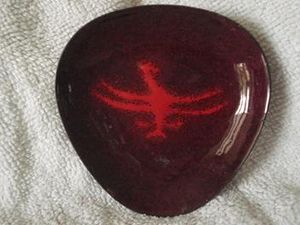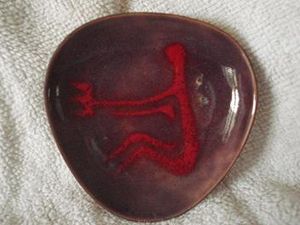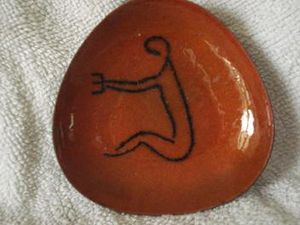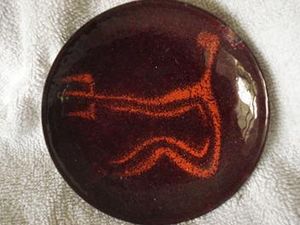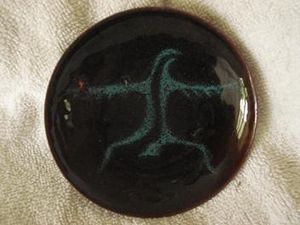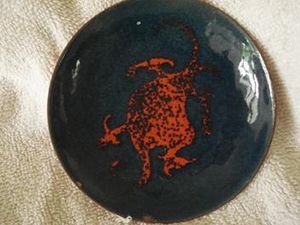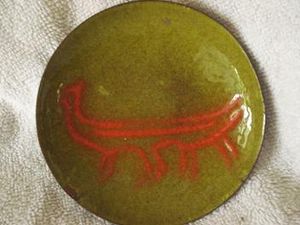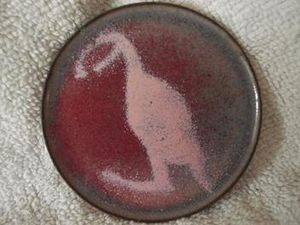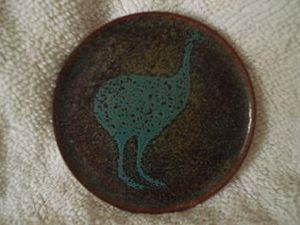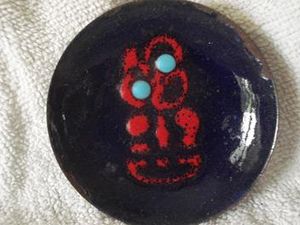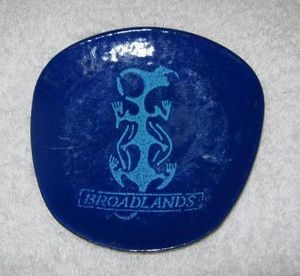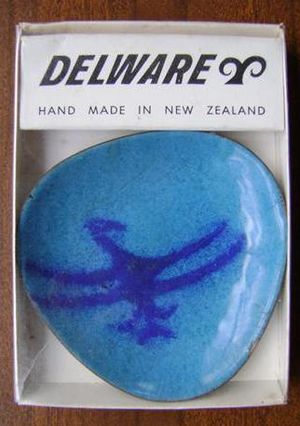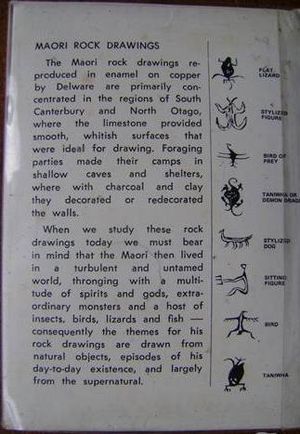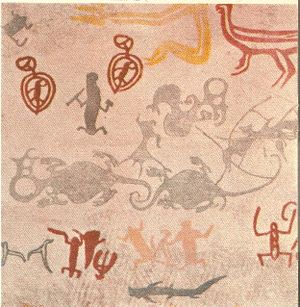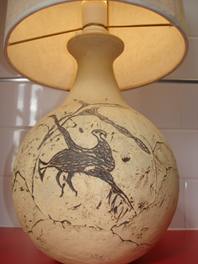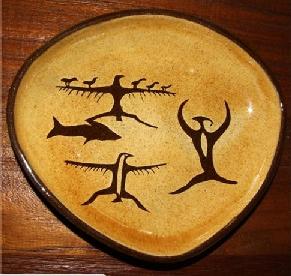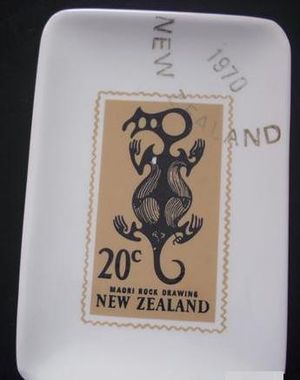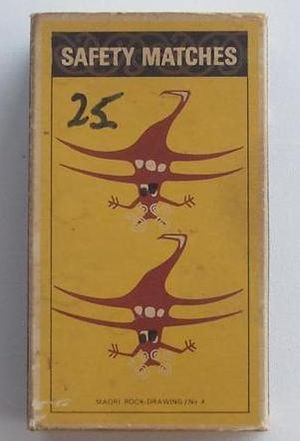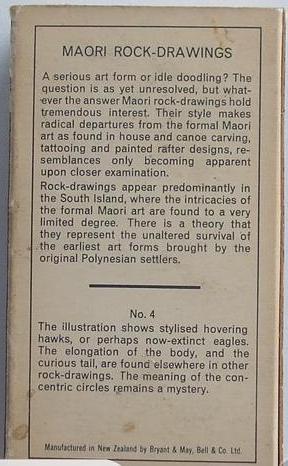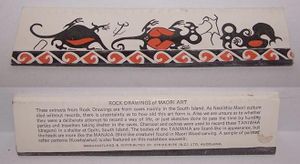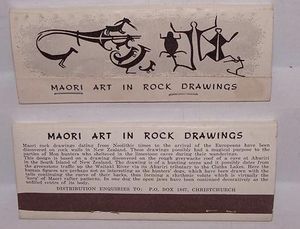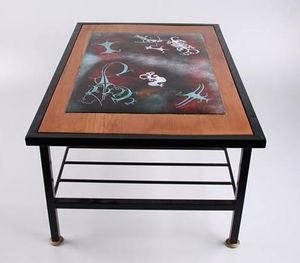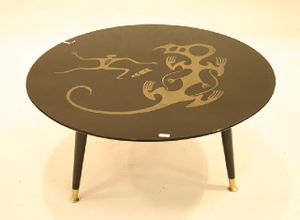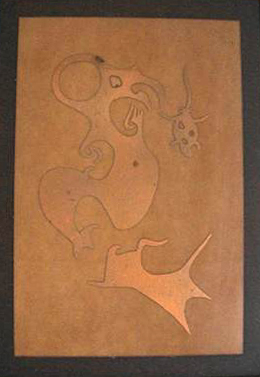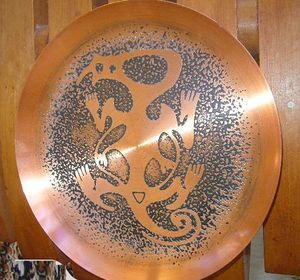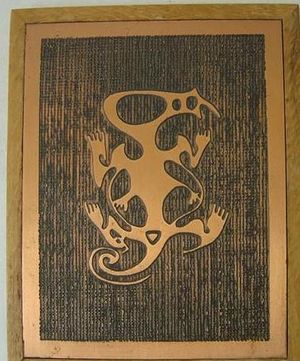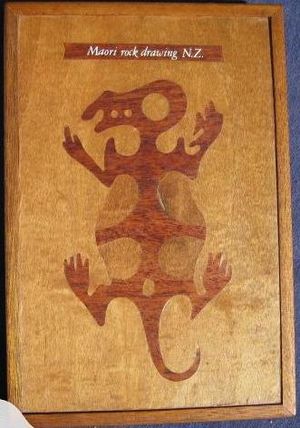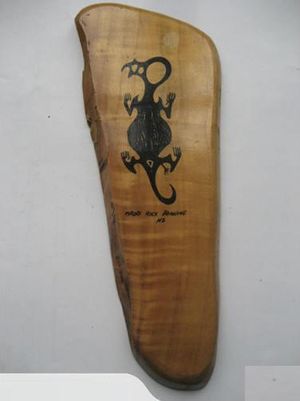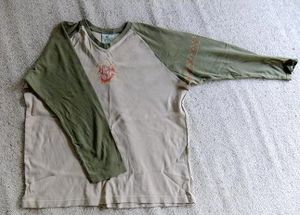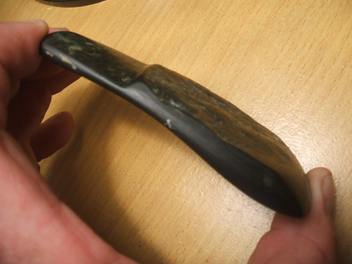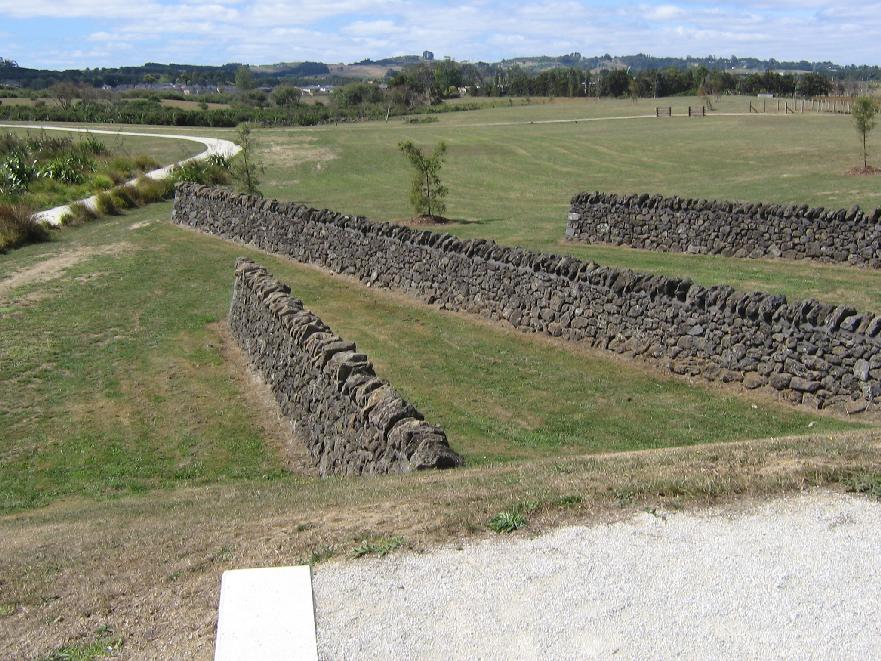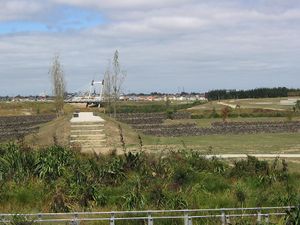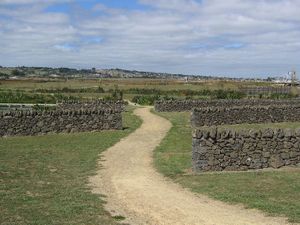Difference between revisions of "Kitsch"
| Line 86: | Line 86: | ||
<td width="25%">[[Image:Enam16.jpg |thumb]]</td> | <td width="25%">[[Image:Enam16.jpg |thumb]]</td> | ||
<td width="25%">[[Image:Broad.jpg |thumb|Corporate advertising]]</td> | <td width="25%">[[Image:Broad.jpg |thumb|Corporate advertising]]</td> | ||
| + | <td width="25%"></td> | ||
| + | </tr> | ||
| + | |||
| + | </tr> | ||
| + | <tr> | ||
| + | <td width="25%">[[Image:Pack.jpg |thumb|In packaging]]</td> | ||
| + | <td width="25%">[[Image:Packrev.jpg |thumb|Reverse]]</td> | ||
<td width="25%"></td> | <td width="25%"></td> | ||
<td width="25%"></td> | <td width="25%"></td> | ||
| − | + | </tr> | |
| − | |||
| − | |||
Revision as of 20:48, 10 June 2011
Archaeological Kitsch
Archaeological items of iconic status become the subject of modern copies and re-use of the imagery. New Zealand items are not immune.
Maori Rock Art
|
Rock drawings seem to have been particularly prone to this - borrowings appearing on fabrics, glassware, ceramics, postage stamps and even matchboxes. O'Regan discusses this use in the context of cultural property[1].
|
Maori Other
 An execrable souvenir of the 1940 Centennial Exhibition. Perhaps not archaeological - a Birmingham made badge representing the Hinemoa and Tutanekai gateway at the Model Pa, Whakarewarewa. It doesn't include a kiwi! This sold for $113.99 on Trademe so it awfullness was certainly appreciated.The gateway itself is an example of bowdlerisation of Maori carving. |
Colonial
|
Barry Curtis Park in South Auckland has volcanic rock walls, reconstructed from a nearby farm site. The unfortunate result is what happens when landscape architecture captures archaeological reconstruction.
|
References
- ↑ O'Regan, G. 2008 The shifting place of Ngai Tahu rock art. in Sue O'Connor, Geoffrey Clark, Foss Leach (Eds), Islands of inquiry : colonisation, seafaring and the archaeology of maritime landscapes. Terra Australis 29 Accessed at http://epress.anu.edu.au/terra_australis/ta29/pdf/ch26.pdf

